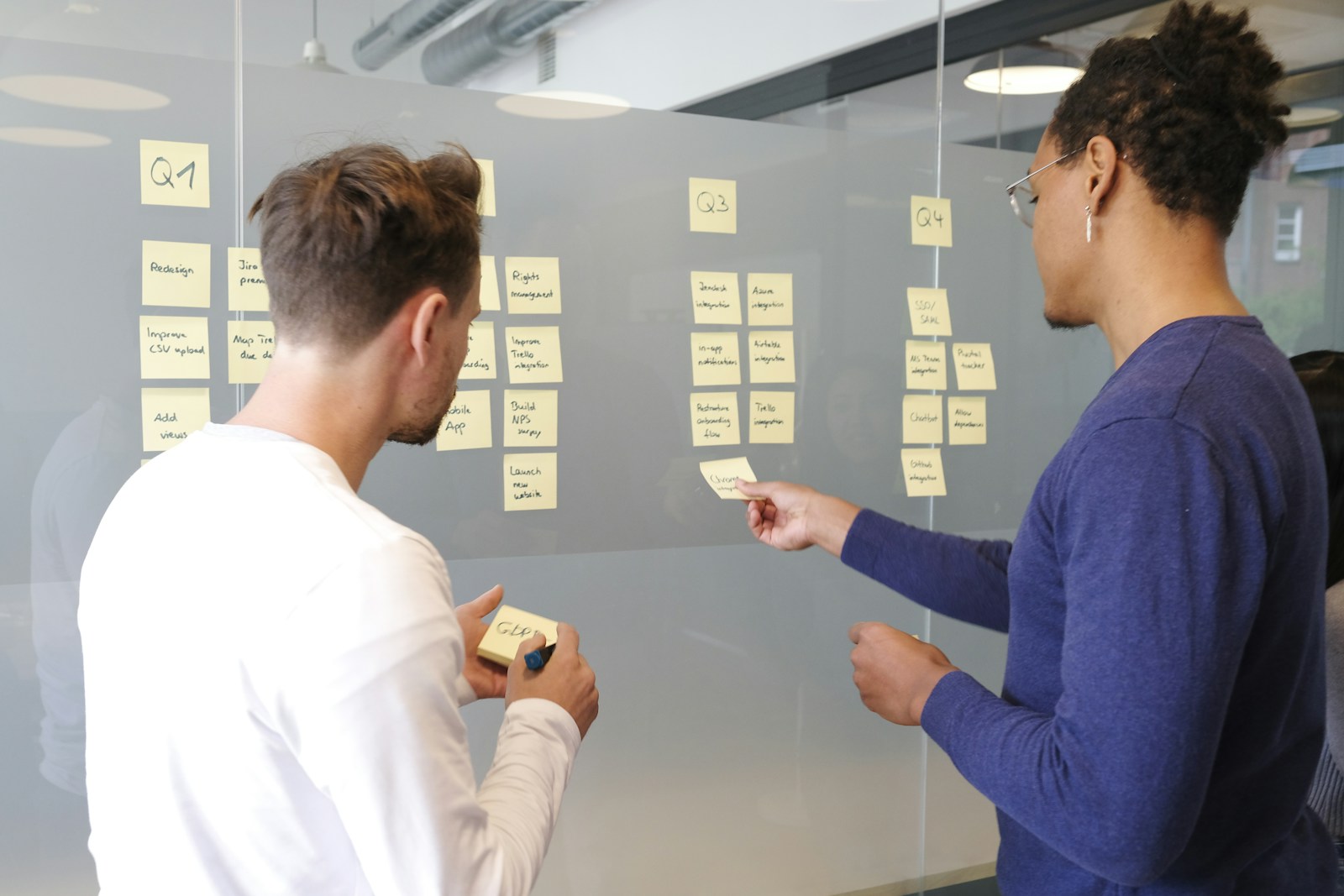Picture an Australian workplace in the early 1980s. Women could legally be paid less than their male colleagues for the same work. Job advertisements explicitly stated gender preferences. Pregnant women could be dismissed without cause. It might sound like scenes from the cable series “Mad Men,” but this was the reality of Australian professional life before the Sex Discrimination Act 1984 (SDA) came into effect.
A Watershed Moment for Australian Workplaces
The introduction of the SDA marked a revolutionary shift in Australian workplace culture and practices. Championed by the Hawke Labor Government and specifically by Senator Susan Ryan, who became known as the “mother” of the Act, this legislation wasn’t just another law—it was a decisive statement about the kind of society Australia aspired to be.
I recently spoke with a retired HR manager who remembered the day the Act came into effect. “We had to pull all our job ads from the paper,” she recalled with a laugh. “Half of them said ‘men only’ or ‘girls wanted.’ It seems unbelievable now, but that was just how things were done.”
The Act made it unlawful to discriminate against people on the grounds of:
- Sex
- Marital status
- Pregnancy or potential pregnancy
- Family responsibilities
- Sexual harassment
Let’s put this in perspective. Before 1984, it was perfectly legal for employers to advertise positions specifically for men or women, refuse to hire married women, or dismiss women who became pregnant. Banks could deny women loans without their husband’s signature, and organisations could pay women less than men for identical work.
The Revolutionary Impact
The Act’s implementation sent ripples through every corner of Australian workplaces. Organisations had to completely overhaul their hiring practices, workplace policies, and organisational cultures. For many businesses, this wasn’t just a matter of changing a few forms—it required a fundamental shift in thinking about workforce participation and equality.
Consider this: In the years following the Act’s introduction, we saw:
- The elimination of “male only” and “female only” job advertisements
- The development of merit-based recruitment processes
- The establishment of formal grievance procedures
- The introduction of maternity leave policies
- The revision of workplace benefits to ensure equal access
Personal Stories of Change
One of the most powerful ways to understand the Act’s impact is through personal stories. Take Margaret, a former bank teller who started her career in 1980. “When I got married in 1983, I was expected to resign,” she shares. “The bank had an unwritten policy that married women shouldn’t work. The SDA changed everything—suddenly, my marital status was irrelevant to my ability to do my job.”
Birth of Formal Diversity Considerations
Perhaps one of the most significant lasting impacts of the SDA was how it catalysed formal diversity considerations in Australian workplaces. The Act essentially forced organisations to think systematically about diversity for the first time. It wasn’t enough to simply avoid discrimination—organisations needed to actively consider how their practices might inadvertently disadvantage certain groups.
This led to the emergence of:
- Formal diversity policies and procedures
- Regular workplace audits to ensure compliance
- Training programs on discrimination and harassment
- The establishment of dedicated Equal Employment Opportunity (EEO) officers
- Regular reporting on gender composition in workplaces
The Ripple Effect
The impact of the SDA extended far beyond its immediate legal requirements. It sparked conversations about equality and fairness that transformed workplace culture. Companies began to recognise that diverse workforces weren’t just legally necessary—they were good for business.
As one current CEO puts it, “The SDA didn’t just change our policies; it changed our thinking. We started seeing talent where we hadn’t looked before. It made us better employers and more successful businesses.”
The Modern Legacy
Today, when we talk about diversity and inclusion initiatives in Australian workplaces, we’re building on foundations laid by the SDA. The Act created a framework for thinking about workplace equality that has since expanded to consider other forms of diversity and discrimination.
Looking at contemporary Australian workplaces, we can trace many current practices directly back to the SDA:
- Flexible working arrangements
- Parental leave policies
- Anti-harassment training
- Gender pay gap reporting
- Diversity and inclusion strategies
The Human Side of Change
What’s particularly fascinating about the SDA’s impact is how it changed everyday workplace interactions. Gone were the days when it was acceptable to dismiss women’s contributions in meetings or make inappropriate comments about appearance. The Act didn’t just change policies—it changed behaviour.
Challenges and Ongoing Evolution
While the SDA was revolutionary, it wasn’t a magic wand. Australian workplaces continue to grapple with gender equality issues. The gender pay gap persists (though it’s narrowed), women remain underrepresented in senior leadership positions, and workplace harassment hasn’t been eliminated.
However, the Act provided something crucial: a legal framework and foundation for addressing these issues. It gave individuals the right to challenge discrimination and created mechanisms for seeking redress. Perhaps most importantly, it shifted the conversation from whether workplace equality was necessary to how best to achieve it.
Modern Interpretations and Applications
Today’s workplace equality initiatives build on the SDA’s foundation in fascinating ways. Companies are now exploring concepts like:
- Unconscious bias training
- Inclusive leadership development
- Gender-neutral language in communications
- Flexible work arrangements that benefit all employees
- Mentoring and sponsorship programs
These modern approaches show how the basic principles of the SDA continue to evolve and adapt to contemporary workplace challenges.
Looking Forward
As we reflect on the impact of the SDA, it’s worth noting that many young Australians entering the workforce today might find it hard to imagine a time when gender discrimination was legal. That alone speaks to the Act’s transformative impact.
The principles established by the SDA continue to evolve and expand. Modern discussions about workplace equality now encompass concepts like unconscious bias, intersectionality, and systemic discrimination—ideas that build on the foundational principles established by the Act.
A Living Legacy
The Sex Discrimination Act 1984 wasn’t just a piece of legislation; it was a catalyst for cultural change that continues to influence how we think about fairness and equality in Australian workplaces. While we still have work to do to achieve true workplace equality, the Act gave us both the legal framework and the moral compass to guide that journey.
As we look to the future, the SDA remains a powerful reminder that legal change can drive social progress. It shows us that while transforming workplace culture isn’t easy, it is possible—and absolutely necessary for creating the fair, inclusive society we all want to live in.





















0 Comments